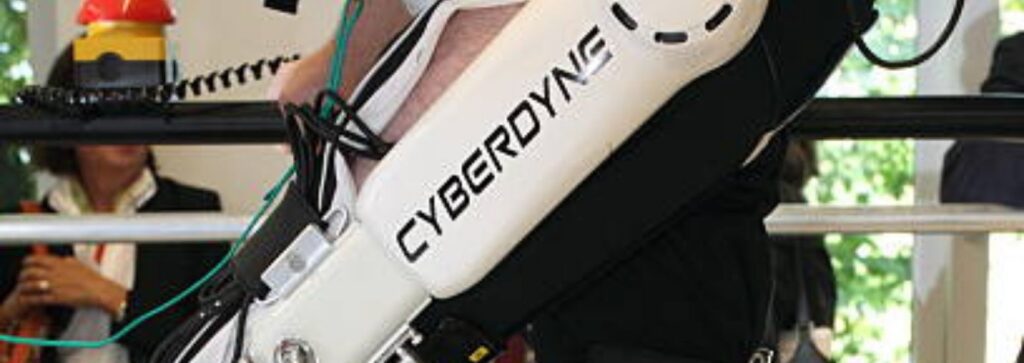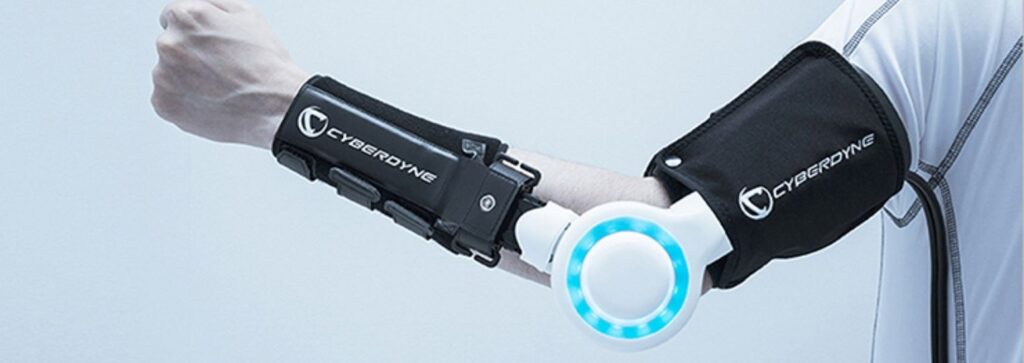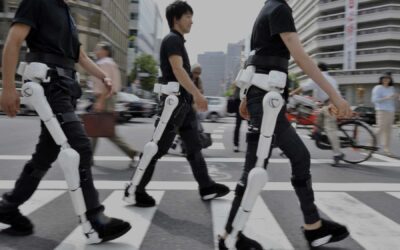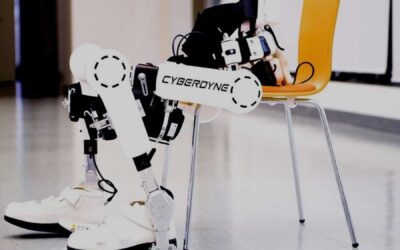HAL® uses neurosensing technology to teach elite athletes how to release their muscles. The difference between semi-professional athletes and the best athletes in the world is their ability to balance muscle contraction and relaxation.
Robotics is used to operate the new technology called “Wearable Cyborg Hal®.”In this procedure, a Hybrid Assistive Limb (HAL) is employed to help the patient.
This robot was developed by a Japanese company to assist those who have lost the ability to use their lower limbs in rediscovering the joy of walking. The newest technique available in India is cyberdyne therapy.
Plan for Athletes using HAL

In order to keep becoming better, elite athletes frequently rely on outside resources and technology. Only with HAL can elite athletes receive various forms of instantaneous feedback from the Wearable CyborgTM System.
The Halt® device, for example, responds to even the smallest contraction of surrounding muscles to deliver physical feedback. When there is unneeded muscle tension that could prevent the athlete from reaching their maximum ability, this could alert them.
To improve performance, an athlete can also use HAL to get information about how their body and muscles are moving, which can assist them establish the best stance or posture.
The Responsibilities of HAL in athletes
- Consider
When a someone moves their body, their initial thought is about the movements occurring in their brain. When you think, “I want to walk,” the brain uses the nerves to send the appropriate signals to the muscles so they can do the activity.
- Enclose
Every muscle in a healthy body is able to accept instructions from the brain and contract with the force and speed that are intended. On the other hand, the Wearable CyborgTM – Hal uses technology to stimulate nerves to do this.

- Read
The brain transmits very weak signals, or “bio-electric signals [BES],” to muscles, which surface on the skin. All HAL needs to do to read BES is affix the initial detectors to the wearer’s skin. HAL determines the types of motions the wearer wishes to make by combining multiple sources of input.
- Move
Both humans and Cyberdyne HAL have the same quick processing speed and quick brain recognition of different types of information in order to quickly regulate the power unit. HAL initiates movement simultaneously with the body. Thus, HAL can facilitate the movements of the wearer.
- Response
Moving muscles are not the only part of the human body’s movement process. Based on what kinds of signals, the brain validates the movements of the body. The sensation “I could walk!” is returned to the brain when HAL has correctly aided in the “walking” motions.
The brain progressively learns how to send the signals required for “walking” in this manner. This results in “the important first step” of walking independently of HAL support.
The only robot that can offer suitable responses for brain movements is HAL®.
For a free demo visit us at https://rehabmodalities.com/



